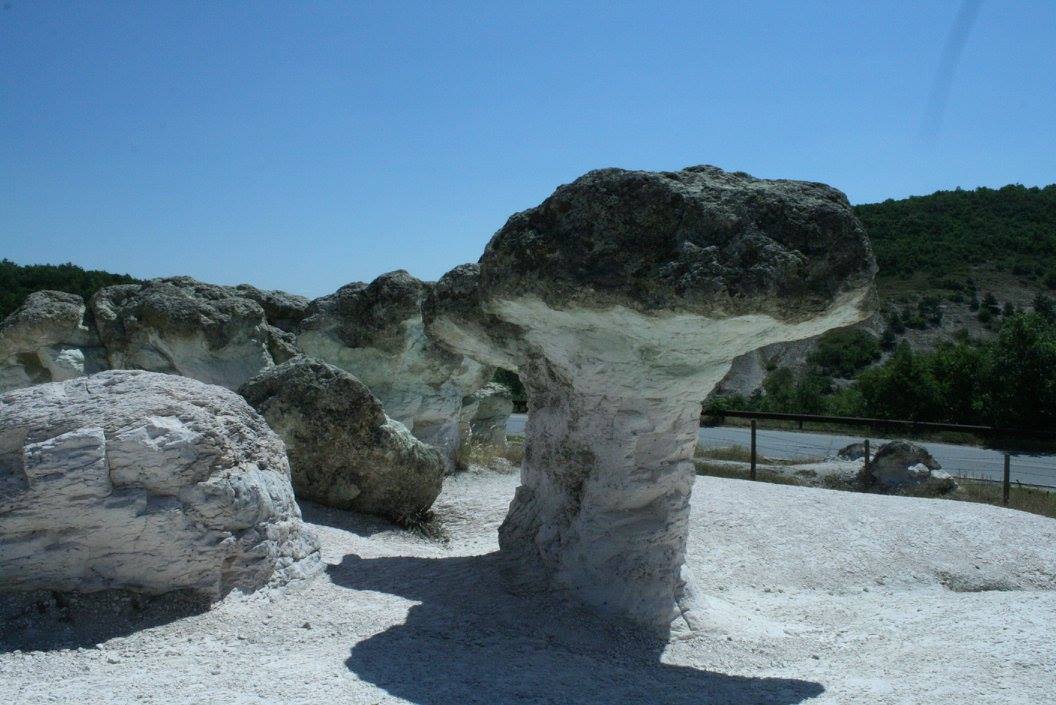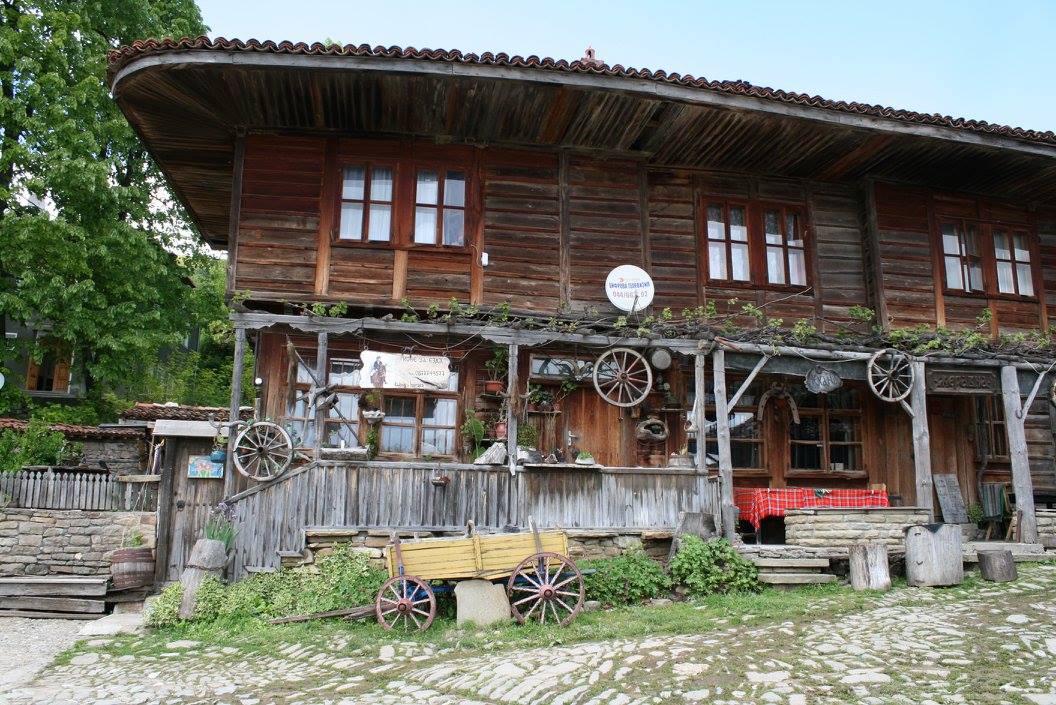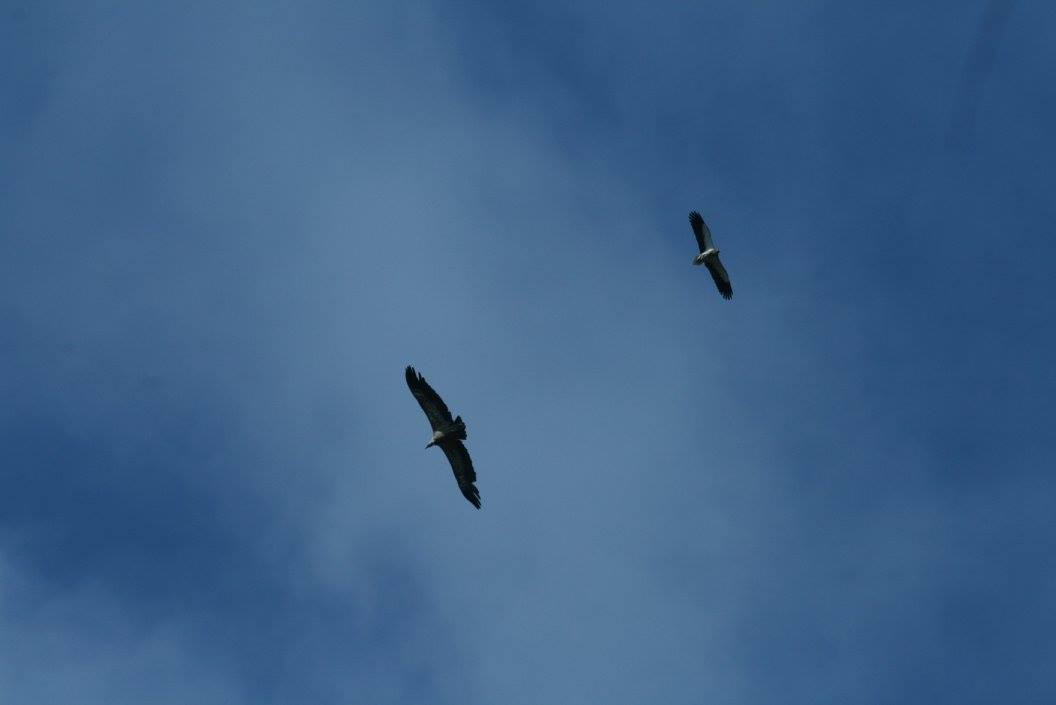After spending quite a few days exploring southern Bulgaria we decided to head north on an extended trip to see the famed rock monasteries near Ruse and then follow the Danube east to the far northern tip of the Bulgarian coast line.
We’d booked into a lovely little guest house near Ivanovo, with its own small outdoor pool and little bar. After arriving and settling in and walking the two dogs who were travelling with us, we headed off to find Cherven Fortress.
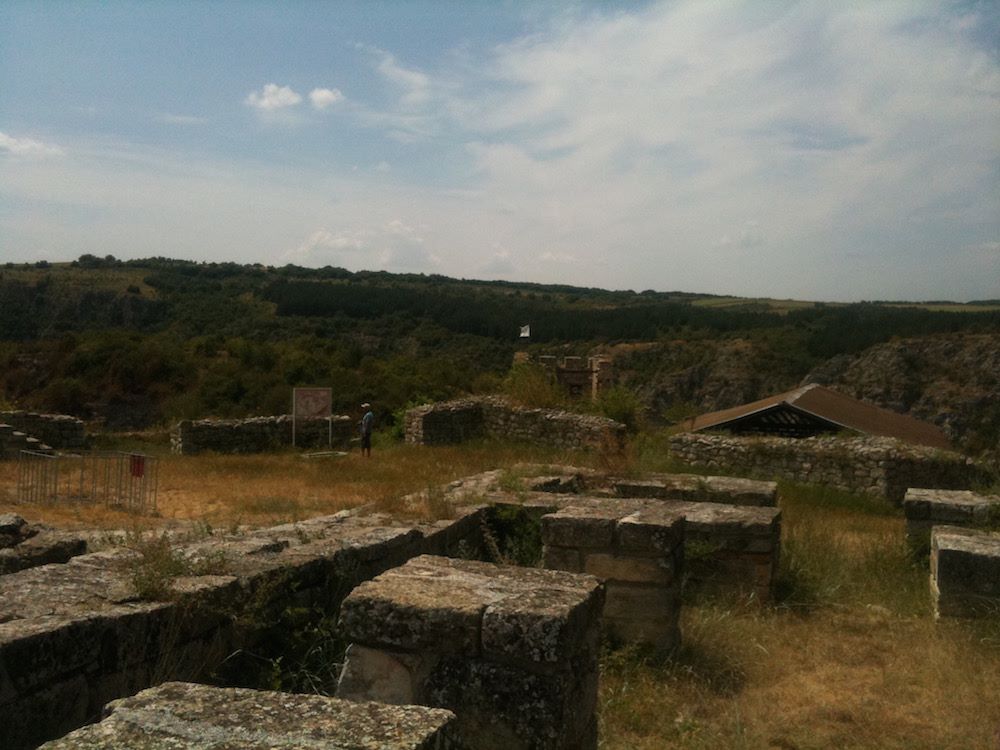
Cherven Fortress was built in the 6th century for the Roman Emperor Justinian but the hill top has been used by various civilisations since Thracian times. It was a strong hold of the Second Bulgarian Empireduring the 12th and 14th century.
It developed into a fortified city on the top of a rocky outcrop on the bend of the Cherni Lom with the outer part of the city expanding at the base of the hill. The city became a centre for crafts with iron works, gold-smithing and arts.
The site was conquered by the Ottoman empire in 1388 and declined in importance after that.
It was easy to find and well sign-posted. There is a small car park at the bottom and a little cafe. Unfortunately the only food the cafe could conjure up for us were a couple of toasted sandwiches.
The steps up to the fortress go from the end of the car park and there was a man taking the entrance fee (6 levs each). Its quite a steep climb to the top but the views and the ruins are worth the climb. We were the only people up there and you can just take your time and wander around the site.
There is not that much by way of explanation but you can see the outline of buildings and churches. The fortress consists of a large fortified palace with walls of up to 3 metres thick in places, several churches and other administrative and residential buildings.
At the far end of the site there is a large, well preserved 12 metre high tower. From here the path takes you over a rickety wooden bridge and then winds down to the river. However, if you explore a little further and go behind the building (Bishop’s Residence) just by the bridge, there are loads more un-excavated ruins amongst the undergrowth.
Once you are down by the river and walking back towards the car park, on the left there is one of the water supply passages coming down from the fortress.
It was then back to the hotel for a quick dip in the pool and to walk the dogs and then we were off again to visit the famous rock monasteries – the Ivanovo Rock Churches and the Basarbovski Monastery, the only active rock monastery in Bulgaria.
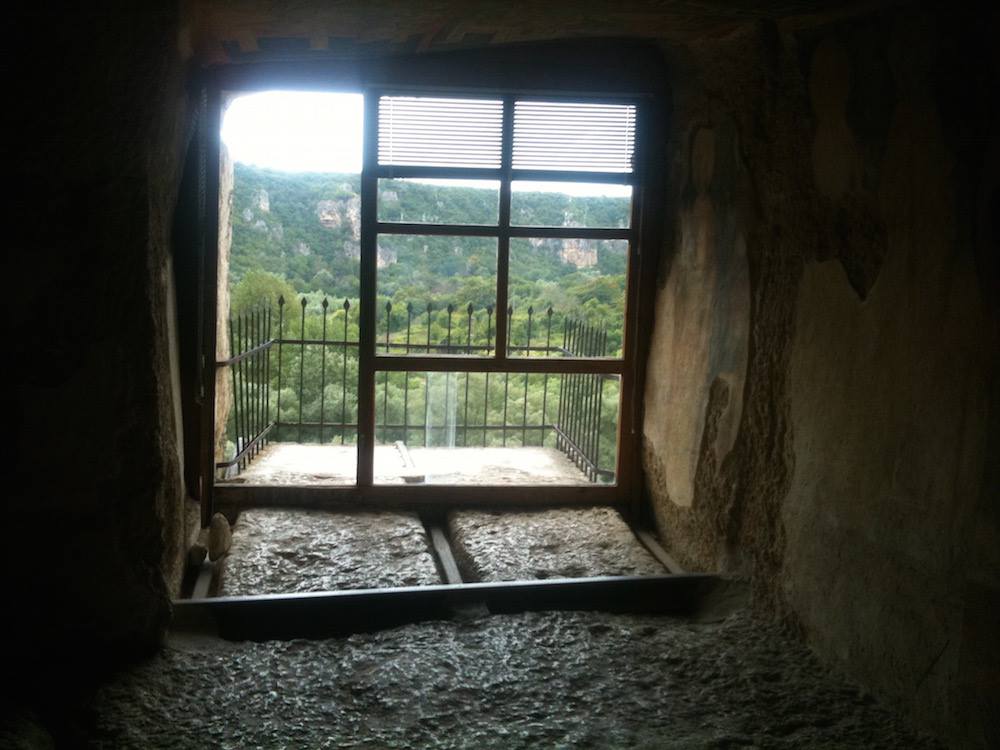
The Ivanovo Monastery was just up the road from where we staying. You drive down a narrow road following the river at the bottom of rocky outcrops and come to a small car park with a little snack bar.
You follow the path and climb up the steps to the top of the cliff and while health and safety may not be a big concern, there are some fantastic views from the top.
Then the trail leads along the edge of the cliff front past smaller caves and hollowed out areas until you get to the main church. Here there was a lady taking the money for the entrance ticket (around 5 levs each I think).
The rock monastery is basically 2 rooms with intricate paintings covering the walls. In one room there are the original groves where wooden beams once sat to haul people and supplies up on pully systems.
Information is available in an English print out and the guy in there was helpful in answering questions in limited English. A steep path then takes you back down to the car park.
Next, en-route to Ruse was Basarbovski Monastery. This is still an active Monastery and incredibly pretty. In the grounds at the bottom of the rock wall, there are is a lovely garden, the monk’s accommodation and other buildings.
You do not have to pay to wander around this area, but need a ticket to go up to the actual rock churches. Close to 50 stone steps take you up to the platform where St. Dimitrius is said to have slept and then to the right there is a rock church with wooden cared icons.
Further along you can reach the natural cave, in which the monk Hrisant was buried. He restored the monastery and took it back to life in 1937 after it had been un-inhabitated for a while.
One cave is filled with bits of paper where people have written dedications and prayers and wishes on the backs of receipts, cigarette packets and all sorts.
By this time it was early evening and so we drove onto Ruse, where we wanted to find the Rose Garden, which looked amazing on photos we had seen and just take a look around the centre of the city, as it had the reputation of being very cosmopolitan and “European”.
After driving round and round we did find the Rose Garden but have to say we were less than impressed. Maybe it was a bit late in the year, but there was little there except over-grown flower beds. So we headed for the centre, parked and went in search of a restaurant.
The central square was pleasant, surrounded by cafe’s and shops and with fountains and some lovely architecture and was busy with kids playing, skate-boarding and running around, while parents drank nearby.
However, there was a definite lack of decent restaurants around the centre, we eventually found one just off, up another street and the food was really good.
But really Ruse was much like many other Bulgarian cities, pretty grim on the outskirts, a nice centre with a couple of nice parks.

